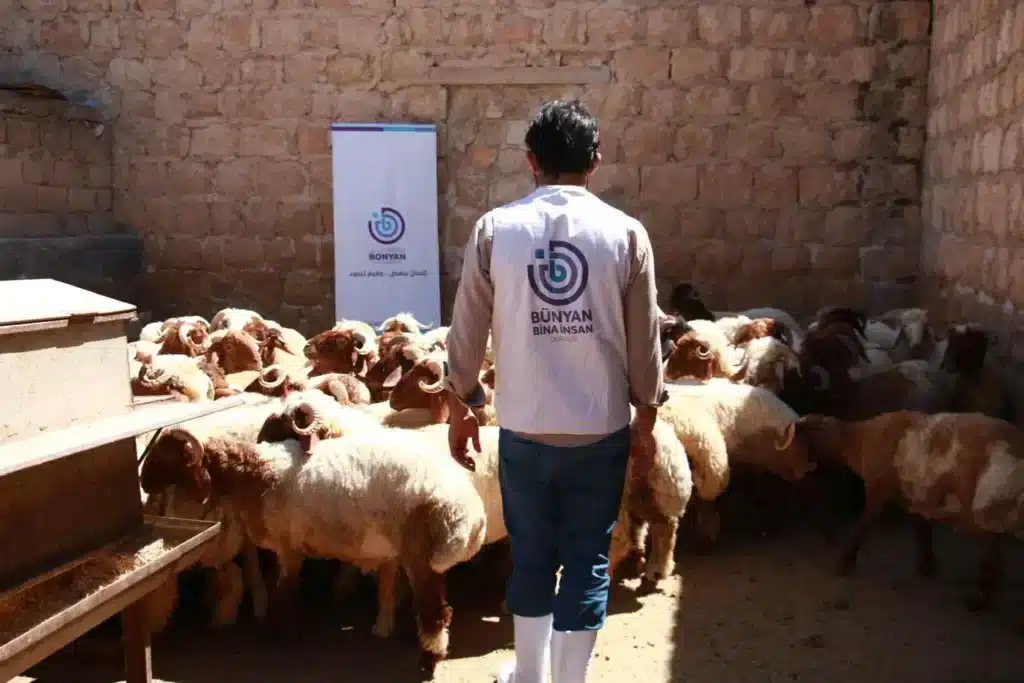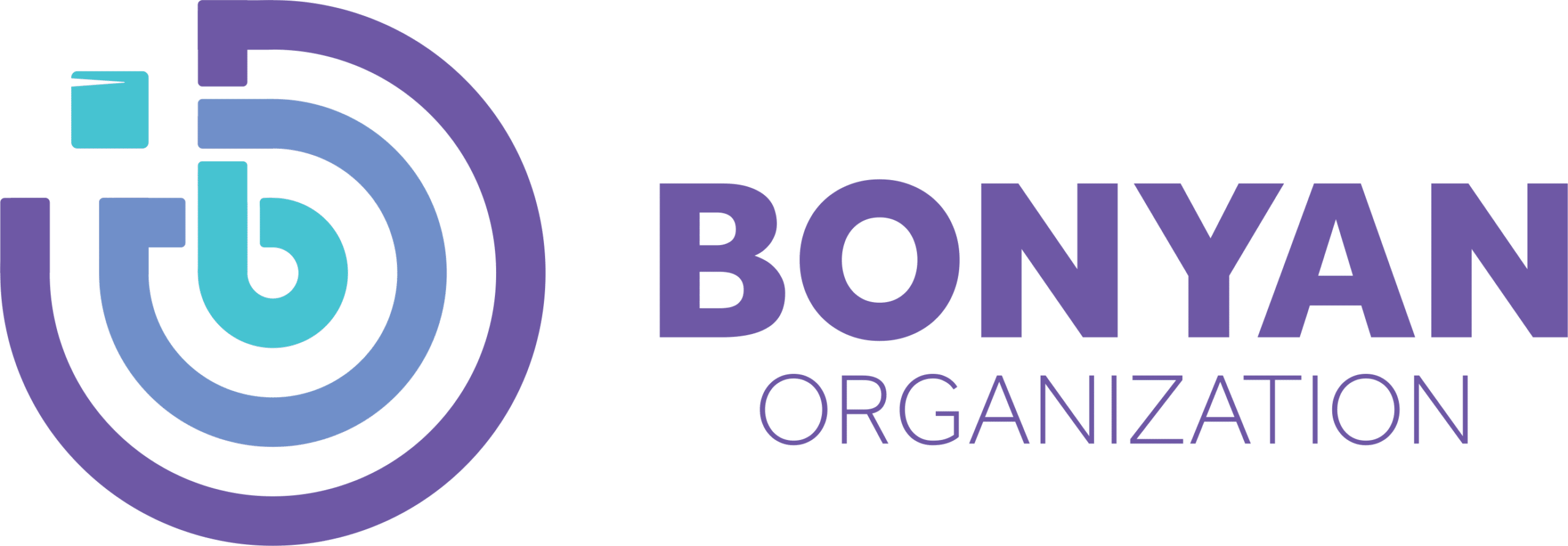Performing Qurbani is one of the most important and rewarding acts of worship during Eid al-Adha’s rituals.
Yet, Muslims cannot perform Qurbani without the guidelines that were pinpointed to them in the Sunnah of the Prophet (PBUH).
This article elaborates on a step-by-step guide for performing Qurbani.
Step 1: Intention (niyyah)
Prior to performing Qurbani, making the niyyah (intention) is a necessary step before slaughtering the animal.
According to Islamic doctrines, niyyah could be said verbally or made by heart.
The slaughterer can also utter the following du’aa:
“I have set my face, firmly and truly, towards Him Who created the heavens and the earth. And never shall I give partners to Allah. Verily my worship and my sacrifice, my living and my dying, are for Allah, Lord of the worlds. O Allah, this sacrifice is from You and is for You.”
Also, while slaughtering the animal, it is compulsory that the slaughterer should say: Bismillah – Allahu – Akbar (“In the name of Allah, Allah is the Greatest”).
Step 2: Choose a halal animal
Choosing the animal is one of the most significant steps of Qurbani.
The animal should be selected from healthy livestock and should not be suffering from any defects.
There are no specific directives on the gender of the animal, as it could be either male or female.
The following are some age guidelines for choosing the animal:
- Sheep and goats should be one year.
- Cattle must be at least 2 years.
- Camels must be at least 5 years.
It is worth noting that animals must be purchased a few days prior to the sacrifice. It should also be fed well and cared for properly.
Step 3: Time of Qurbani
Qurbani takes place after performing the Eid al-Adha prayer on the following days: the 10th, 11th, and 12th days of Dhul Hijjah.
Jundab bin Sufyan Al-Bajali reported: “I witnessed the Prophet (PBUH) on the Day of Nahr (or Eid day). He (PBUH) said, “Whoever slaughtered the sacrifice before offering the Eid prayer, should slaughter another sacrifice in its place; and whoever has not slaughtered their sacrifice yet, should slaughter now’,” (al-Bukhari).

Step 4: Method of Qurbani
The slaughtering of the animal for Qurbani must be performed in the quickest and the least painful of ways for the animal.
This is because it is the Sunnah of the Prophet (PBUH) to spare the animal unnecessary pain and suffering as far as possible.
In the Islamic Shari‘ah, the following are some key steps that should be applied in the process of slaughtering the animal for Qurbani:
- Making niyyah (either verbally or by the heart).
- Feeding, watering, and calming the animal.
- The knife should not be sharpened in front of the Qurbani animal, and animals should not be slaughtered in front of other animals.
- The throat of the animal should be facing the Qiblah.
- The knife should be adequately sharp to cut the throat of the animal.
- Reciting Allah’s (SWT) name.
- It is better that the sacrifice be done with one’s own hands.
Step 5: Distribution of meat
Once an animal has been slaughtered, it should be distributed in 3 ways:
- A portion should be saved for the owner of the Qurbani.
- Another portion should be given to the Qurbani doner’s family and friends.
- The final portion should be distributed among the needy and the poor.
Also, the meat and the skin of the Qurbani should not be given as payment for any slaughtering services. Instead, it is preferable that they are given as gifts.
Bonyan and Qurbani donations
At Bonyan Organization, we are committed to delivering your Qurbani donations to those who are in need in the refugee camps.
In the refugee camps, many people are living under the poverty line and do not have the means to feed their families for even one day.
Do not hesitate to help your brother and sisters in the Syrain refugee families enjoy Eid al-Adha by sharing your Qurbani donations with them so that they, too, can celebrate Eid joyfully with their family members!
We believe that your contributions are integral to supporting our efforts, and together, we can make a great impact!
With your donations and contributions, thousands of refugee families will not feel alone this Eid!
Send your Qurbani donations to needy refugee families so that they, too, can feel the delightful Eid spirits!
Resources
FAQ
What are the instructions for performing Qurbani?
The instructions for performing Qurbani are:
– Using a sharp knife.
– Knives should not be sharpened in the presence of the Qurbani animal.
– Animals must not be slaughtered in front of another animal.
– The slaughterer should utter the name of Allah by saying: Bismillah – Allahu – Akbar (“In the name of Allah, Allah is the Greatest”).
How do Muslims perform Qurbani?
Muslims perform Qurbani by doing the following steps:
– Making niyyah (either verbally or by the heart).
– Feeding, watering, and calming the animal.
– The knife should not be sharpened in front of the Qurbani animal, and animals
should not be slaughtered in front of other animals.
– The throat of the animal should be facing the Qiblah.
– The knife should be adequately sharp to cut the throat of the animal.
– Reciting Allah’s (SWT) name.
– It is better that the sacrifice be done with one’s own hands.
Can I do Qurbani by myself?
Yes, you can perform Qurbani by yourself.
At what age is Qurbani fard?
Qurbani is fard compulsory for anyone who has reached puberty.
Which animals can be sacrificed?
The animals that can be sacrificed are:
Sheep and goats.
Cows and buffalo.
Camels.



